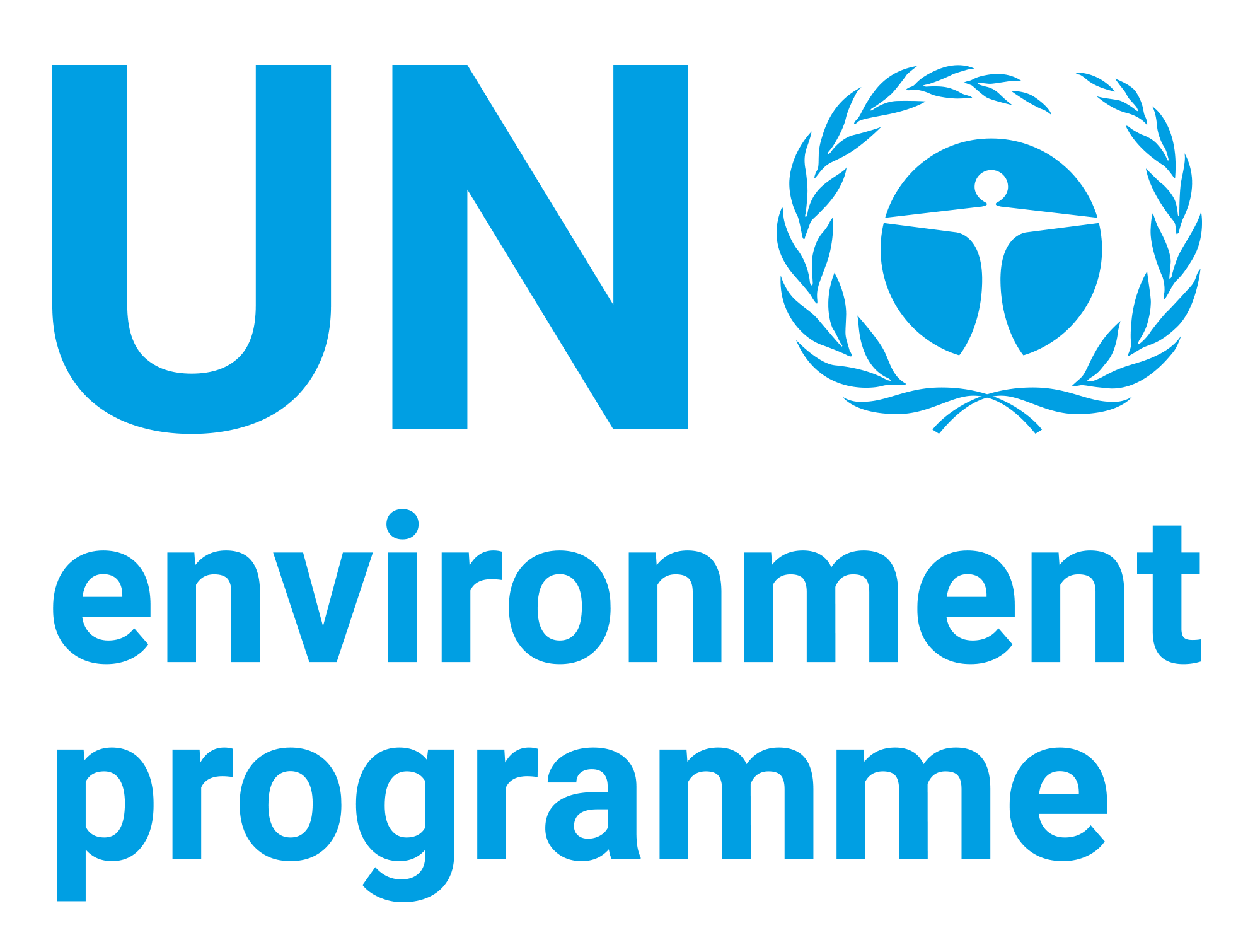A Practical Guide to Climate-resilient Buildings & Communities

Date
2021Author
United Nations Environment Programme
Citation Tool
Bibliographic Managers
RT Generic T1 A Practical Guide to Climate-resilient Buildings & Communities A1 United Nations Environment Programme YR 2021 LK https://wedocs.unep.org/20.500.11822/36405 PB AB TY - GEN T1 - A Practical Guide to Climate-resilient Buildings & Communities AU - United Nations Environment Programme Y1 - 2021 UR - https://wedocs.unep.org/20.500.11822/36405 PB - AB - @misc{20.500.11822_36405 author = {United Nations Environment Programme}, title = {A Practical Guide to Climate-resilient Buildings & Communities}, year = {2021}, abstract = {}, url = {https://wedocs.unep.org/20.500.11822/36405} } @misc{20.500.11822_36405 author = {United Nations Environment Programme}, title = {A Practical Guide to Climate-resilient Buildings & Communities}, year = {2021}, abstract = {}, url = {https://wedocs.unep.org/20.500.11822/36405} } TY - GEN T1 - A Practical Guide to Climate-resilient Buildings & Communities AU - United Nations Environment Programme UR - https://wedocs.unep.org/20.500.11822/36405 PB - AB -View/Open
Item Statistics
Display item statisticsMetadata
Show full item recordDescription
The practical guide sets out to provide an overview of the fundamental types of interventions at the building scale. It specifically offers concepts and approaches for the building envelope, roof, structure, orientation and materials. The approaches and technologies presented in this
document are tailored toward a developing
country context and a built environment that is largely self-constructed. However, the majority of the techniques identified in this practical guide can be upscaled and applied to buildings of any type, including apartment complexes, hospitals and schools.
Collections
Document Viewer
To read more, scroll down below.

